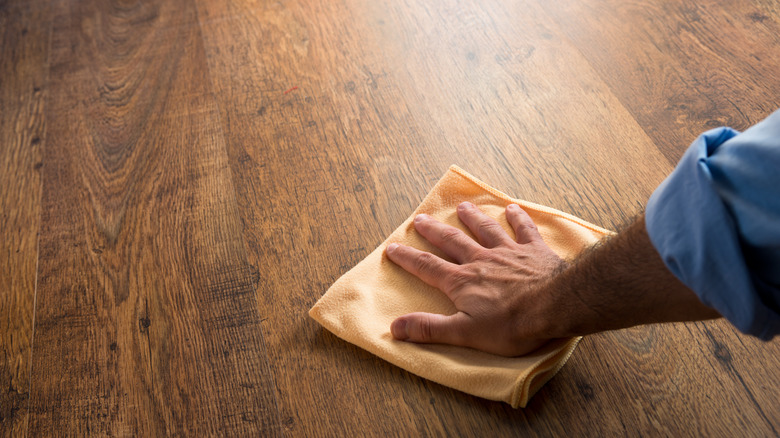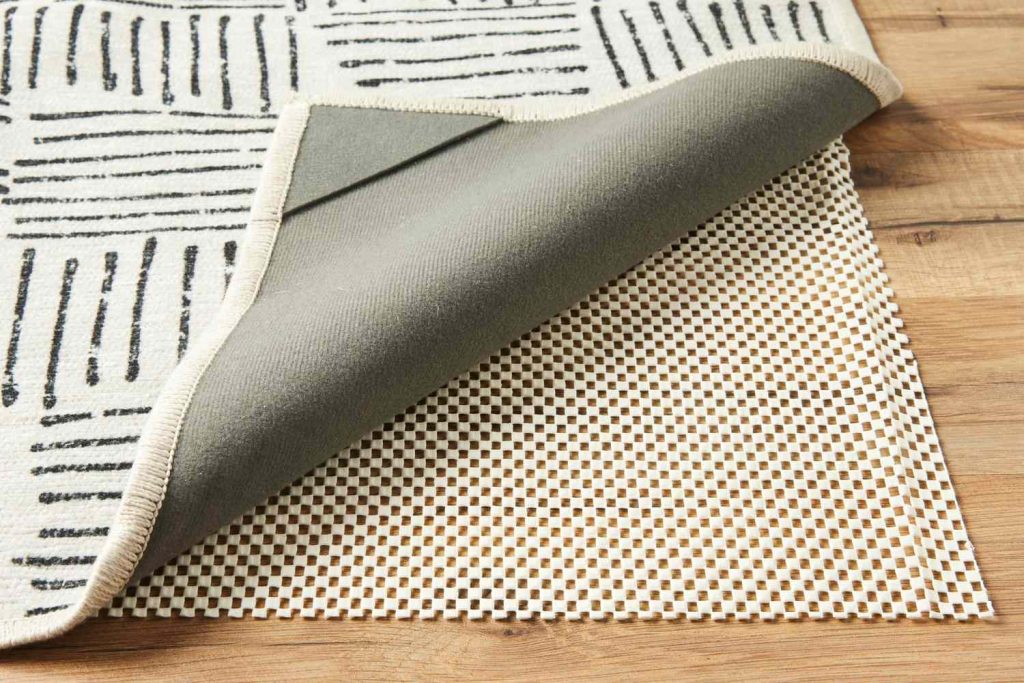Wood furniture and flooring imbue a space with warmth and timeless character. However, a misplaced drop of vibrantly colored nail polish can quickly mar the surface and compromise the integrity of the wood’s finish. Fear not, for several effective methods exist to remove nail polish from wood without causing lasting damage. This guide explores various techniques tailored to different wood finishes, ensuring you can banish nail polish mishaps while preserving the beauty of your cherished wood pieces.
Understanding the Finish: Tailoring Techniques for Different Surfaces
The key to successfully removing nail polish from wood lies in understanding the type of finish adorning the surface. Common wood finishes include polyurethane, lacquer, oil, and wax. Each finish possesses varying degrees of resilience towards solvents and cleaning agents. Identifying the finish allows you to choose the most appropriate cleaning method to avoid unintended damage.
Polyurethane and lacquer finishes offer a protective layer, making them more resistant to nail polish spills. However, even these finishes have limitations. Opt for gentler methods for fresh spills to minimize the risk of damaging the finish. Oil and wax finishes, often found on antique furniture or unfinished wood, require a particularly delicate approach, as harsh chemicals can strip away the protective layer and leave the wood vulnerable.
Always test any cleaning solution on an inconspicuous area of the wood, such as the underside of a drawer or a hidden corner, before tackling the visible stain. This inconspicuous test ensures the chosen method doesn’t cause discoloration or a dulling effect on the finish.
Battling the Blob: Effective Methods for Safe Removal
For fresh nail polish spills on most wood finishes, particularly polyurethane or lacquer, your first line of defense should be an acetone-free nail polish remover. Acetone-based removers are potent and can damage wood finishes, so avoid them whenever possible. Saturate a clean, white cloth with the remover and gently dab at the spill. Avoid aggressive scrubbing, which can spread the polish further. Work from the outside of the spill towards the center to prevent further staining.
For stubborn spills that resist removal with nail polish remover, consider denatured alcohol as the next step. This solvent packs a stronger punch, but exercise caution. Denatured alcohol can have a drying effect on wood finishes, so ensure proper ventilation during use. Test a small, inconspicuous area of the wood first to assess compatibility before tackling the stain.
As a last resort for extreme cases, mineral spirits can be employed. However, this powerful solvent should be used with extreme caution due to its potential for damaging wood finishes. Always spot test in an inconspicuous area before attempting to remove the nail polish stain. Consider seeking professional help from a furniture restoration specialist if the stain is particularly stubborn or you’re unsure about tackling it yourself.
Gentle Does It: Alternative Methods for Delicate Finishes
Unfinished wood or those with oil or wax finishes require a more delicate approach compared to polyurethane or lacquer. Harsh chemicals like denatured alcohol or mineral spirits can strip away these finishes, leaving permanent damage. Here are some gentler methods for tackling nail polish mishaps on these delicate surfaces:
A paste made from baking soda and water can be surprisingly effective for removing nail polish from delicate wood finishes. Create a thick paste and apply it directly to the stain. Let it sit for a few minutes, then gently buff the area with a soft cloth. Rinse the area with a clean, damp cloth and dry thoroughly.
Mayonnaise, a common household condiment, can also be a surprisingly effective cleaning agent for nail polish on delicate wood finishes. The oil in mayonnaise helps break down the polish without harming the wood. Apply a small amount of mayonnaise to the stain and let it sit for 15 minutes. Wipe away the mayonnaise and polish residue with a clean, damp cloth. While it might sound unorthodox, mayonnaise offers a gentle yet surprisingly effective solution.
Safeguarding Your Surfaces: Preventative Measures for Avoiding Spills
An ounce of prevention is worth a pound of cure. Here are some proactive measures to minimize the risk of nail polish mishaps on your wood furniture:
-
Utilize Nail Polish Remover Pads: For at-home manicures near wood furniture, consider using pre-saturated nail polish remover pads. These convenient pads minimize the risk of spills compared to using a bottle of remover and cotton balls.
-
Protective Mats are Your Friend: Place protective mats underneath areas where nail polish application frequently occurs, such as vanities or dressing tables. These mats can catch any accidental spills before they reach your precious wood furniture.
-
Keep it Sealed and Secure: Develop the habit of keeping nail polish bottles tightly sealed after use. Store them in a cool, dry location away from direct sunlight to prevent the polish from thickening and becoming more prone to spills.





